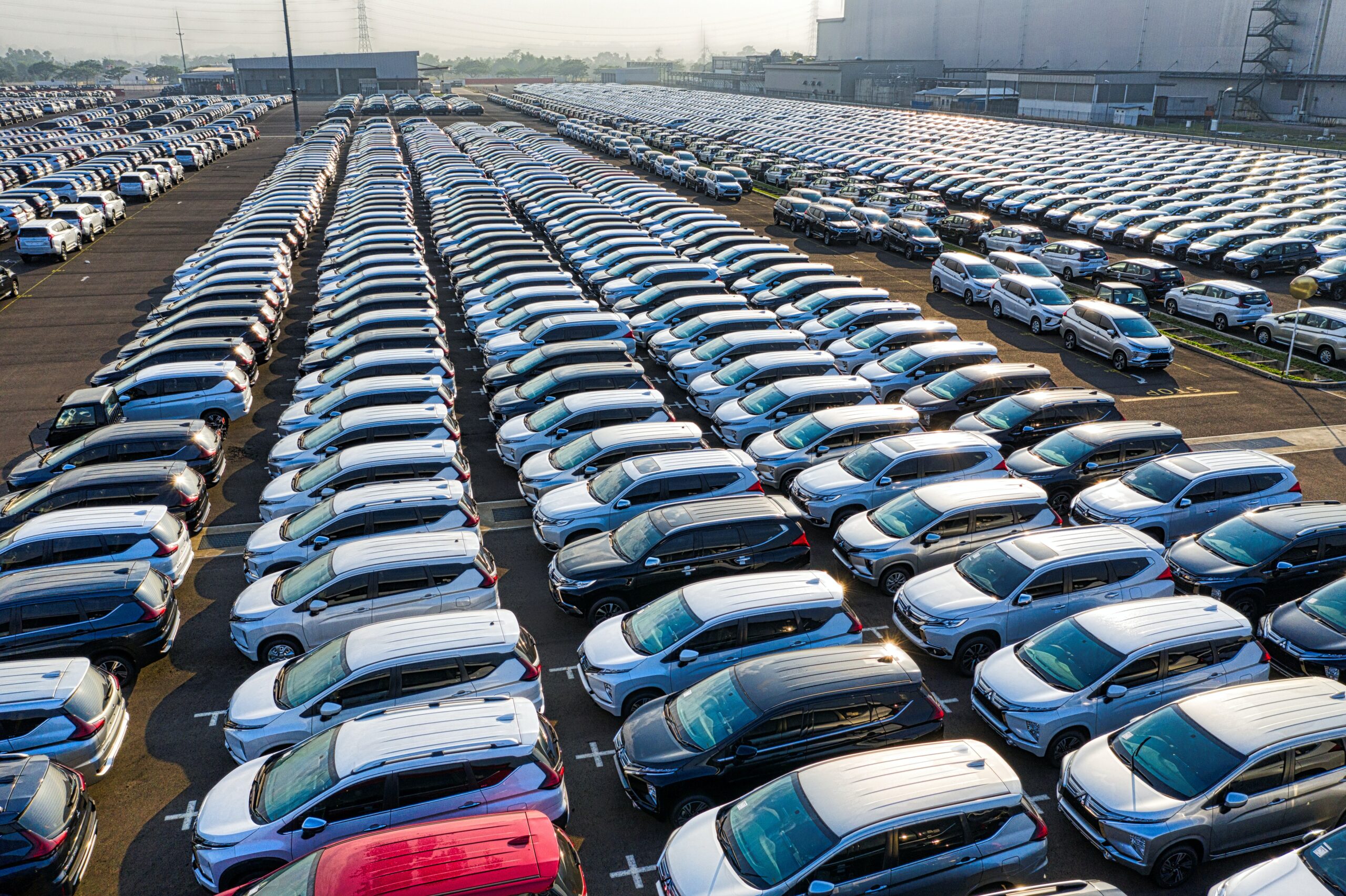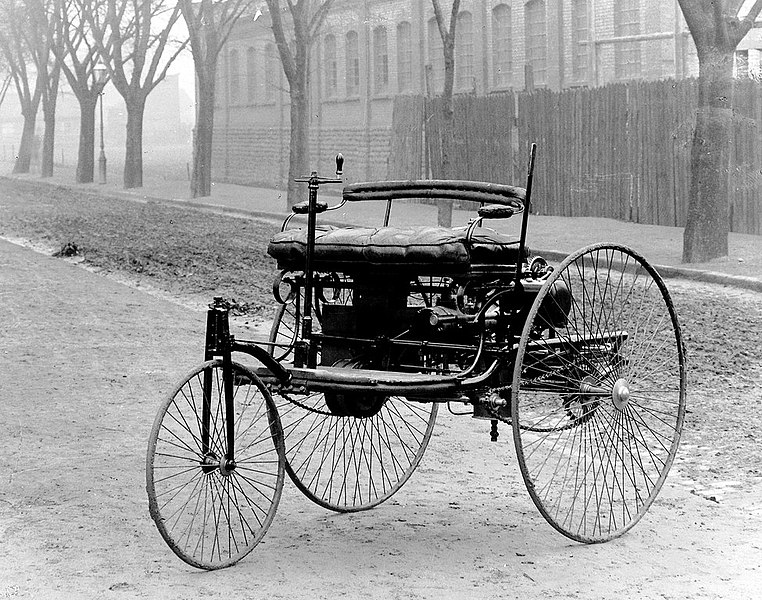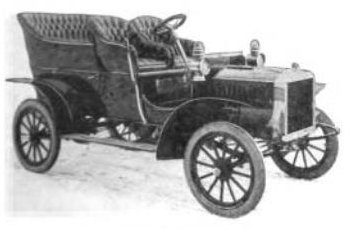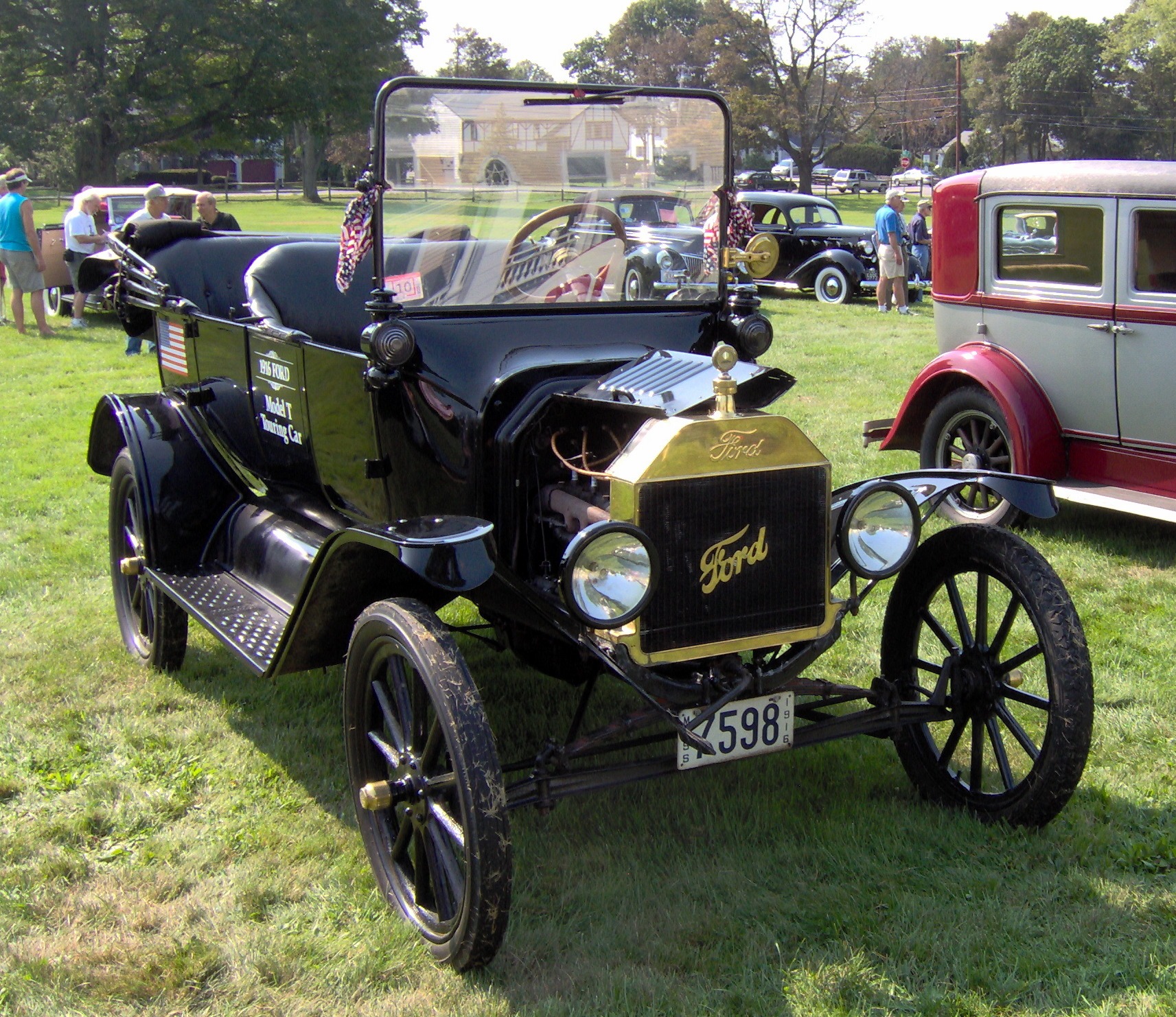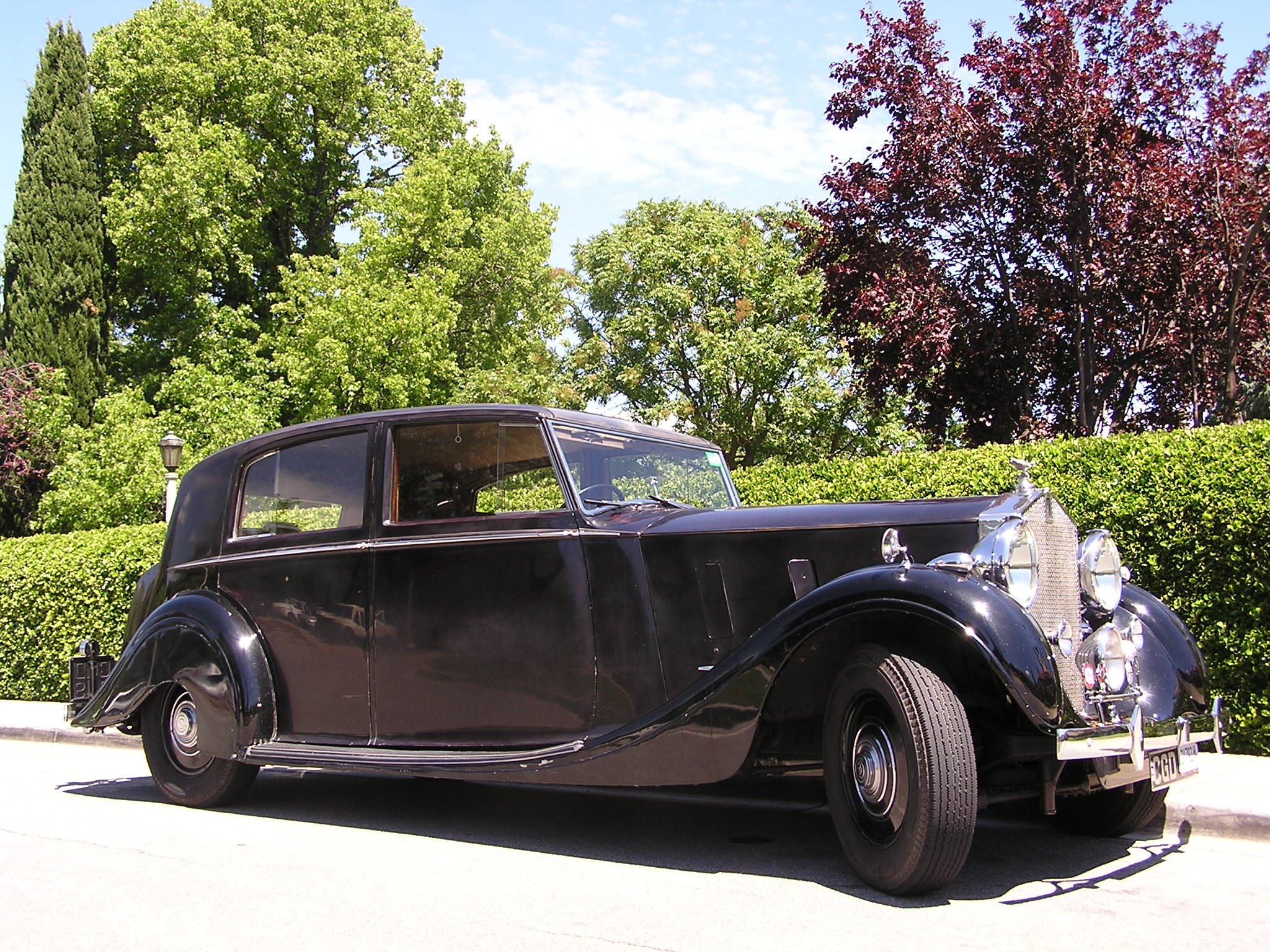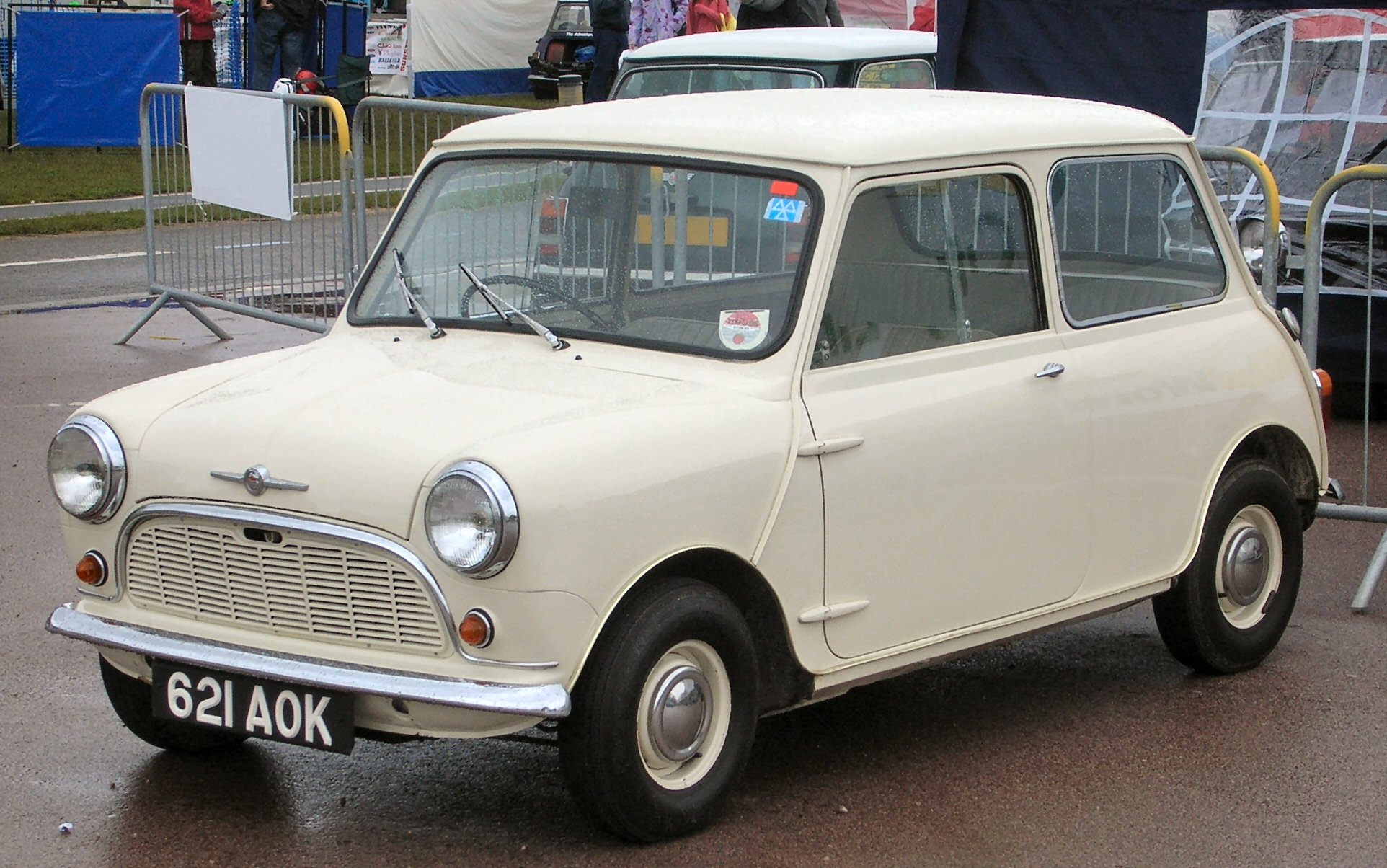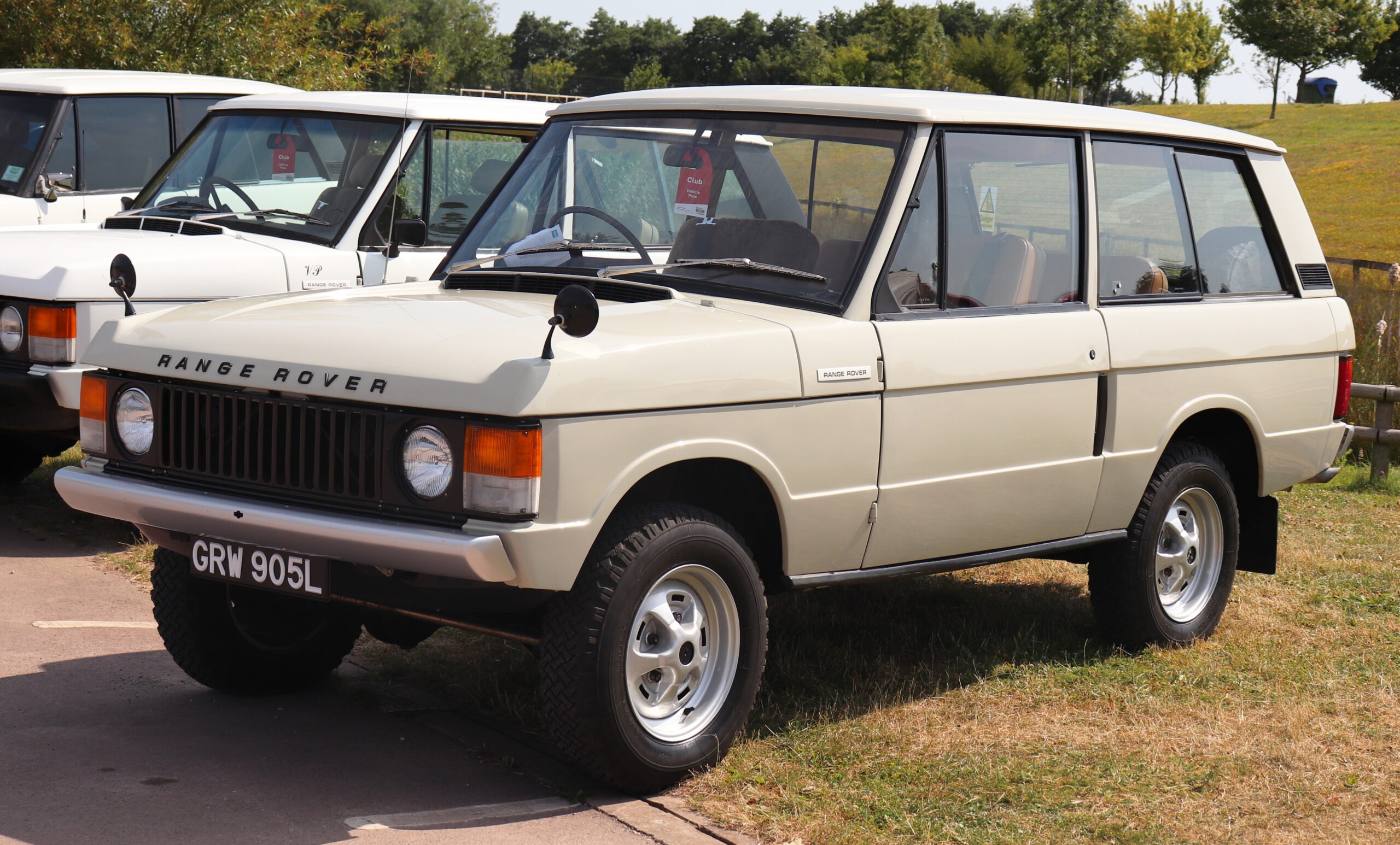A wheeled motor vehicle with its own engine or motor used to carry passengers is known as an automobile, autocar, motor car, or car. The majority of definitions of the term state that cars are built primarily for the transportation of people as opposed to commodities including seats for one to eight people, usually are four wheels, and are meant to run mostly on roadways.
- The first human-transportable steam-powered autos were built as early as 1769, marking the beginning of the automobile’s history.
- The first internal combustion engine-powered vehicles debuted in 1806, and in 1885 the commonplace contemporary gasoline- or petrol-fueled internal combustion engine debuted.
- The Benz Patent-Motorwagen, developed by German inventor Carl Benz, is credited with giving rise to the modern vehicle in the year 1886.
- At the turn of the 20th century, electric-powered cars made a brief appearance before mostly going out of usage until the beginning of the 21st.
The first automobile powered by a steam engine that could transport people was built in 1769. A few years later, in 1806, fuel-powered internal combustion engines were used to power cars, which paved the way for the modern gasoline or petrol-fueled internal combustion engine that was first introduced in 1885.
The Benz Patent-Motorwagen, which Carl Benz got a patent for on January 29, 1886, is credited as the invention of the modern vehicle. Here is a look at the development of cars, from the earliest steam-powered wheels to the most modern ones.
The Birth Of Modern Automobile
Karl Benz created the first practical motorcar in 1886, a petrol-powered vehicle with a single-cylinder, and two-stroke engine, and on January 29, 1886, he was granted a patent for it. In 1888, he started making vehicles.
Frederick William Lanchester, who invented the disc brake, created one of the first four-wheeled gasoline-powered cars in Britain in Birmingham in 1895. An Arnold, a Benz Velo adaption made between 1895 and 1898, included the first electric starter.
Electric cars
Electric cars were very popular in the late 19th and early 20th centuries when electricity was one of the most popular forms of vehicle propulsion. These vehicles offered a level of comfort and ease of use that gasoline vehicles of the era were unable to match, but they were unable to remain on the market for very long due to some inherent flaws.
Edwardian (Brass) Era
The most widely utilized and accessible automobile of the Edwardian (Brass) era was the Ford Model T. It was the automobile that had the biggest impact between 1908 and 1927. The Bugatti Type 13 is a remarkable racing vehicle with innovative and cutting-edge design, and it is another turning point that will be remembered for a very long time. Types 15, 17, 22, and 23 were a few additional notable models.
Vintage Era
The Bugatti Type 35 was the most successful racing vehicle of the vintage era (1924–1929), winning more than 1000 races in just five years. The Ford Model A, which had a completely different design from the Model T when it was introduced in 1927, quickly became the most popular vehicle, with a production of about 4 million vehicles.
Pre-World War II Era
From 1938 through 2003, the Volkswagen Beetle dominated the market. Its manufacture spans many nations and has lasted for more than 60 years with nothing in the way of design or technological advancements.
The Rolls-Royce Phantom III, which is renowned for its excellent performance and craftsmanship, is another such sentimental landmark. The car’s V12 engine and distinctive technological innovations, which were not utilized by many of its competitors, were first used in 1936.
Post-war Era
Mini was the most well-known automobile between 1959 and 2000, remaining on the market for around 40 years. A classic tiny automobile that was given second place in the worldwide competition for the automobile of the 20th Century has been updated for the 21st century.
A further turning point was the Fiat 124, an Italian automobile built under license in several nations, including the Soviet Union, around the turn of the 20th century because of its performance and aesthetic appeal.
Modern Era
This time period has seen a lot of new products launched and significant advancements. The fuel economy and engine output have also increased significantly in the current period.
The current Range Rover, the original SUV, was introduced in 1970. It was the first vehicle to combine elegance with four-wheel drive practicality. After almost 20 years, a new model was introduced in 1994, illuminating its heritage.
When the Mercedes-Benz S-Class was introduced in 1973, its characteristics quickly became accepted practices across the entire automotive sector. The S-Class was the first vehicle to have electronic anti-lock brakes, additional restraint airbags, seat belt pre-tensioners, and electronic traction control systems.
20th Century
The best-selling automobile of all time in 1966 was the basic, little Japanese sedan Toyota Corolla. One of the best car models, the initial Corolla generation debuted with an 1100 cc K pushrod engine and experienced several redesigns throughout the ensuing decades.
The current BMW 3 Series is the longest-running entry on the list, appearing on Car and Driver magazine’s annual Ten Best list 17 times. These vehicles have raised the bar for the sector.
Autopilot System
Even with such mind-boggling expansion, the car industry appears to have no bounds for its development. The newest model of Toyota vehicles will include an autopilot technology that will swerve to avoid crashes without the driver having to touch the steering wheel. Wireless communication is made possible by the Automated Highway Driving Assist to prevent crashes. In a few years, this will reach out to individuals.
Self-driving cars
Waymo has replaced the Google self-driving vehicle project. Waymo represents a fresh approach to transportation. Waymo’s goal is for self-driving technology to make it safe and simple for people to move about. According to Google, the advanced operating system that controls the vehicles makes them safer than if a human were in control. The great majority of automobile collisions are the result of human mistakes. Additionally, self-driving vehicles can move closer together, reducing traffic congestion.
Conclusion
Since the first vehicles were put on the road more than a century ago, cars have advanced significantly. Cars now serve a crucial role in mobility and transportation, and they are a necessary component of modern life. Electric and self-driving vehicles are expected to fundamentally alter how we view mobility in the future. The evolution of cars is being fueled by innovation and technology, and the future of mobility looks bright.

